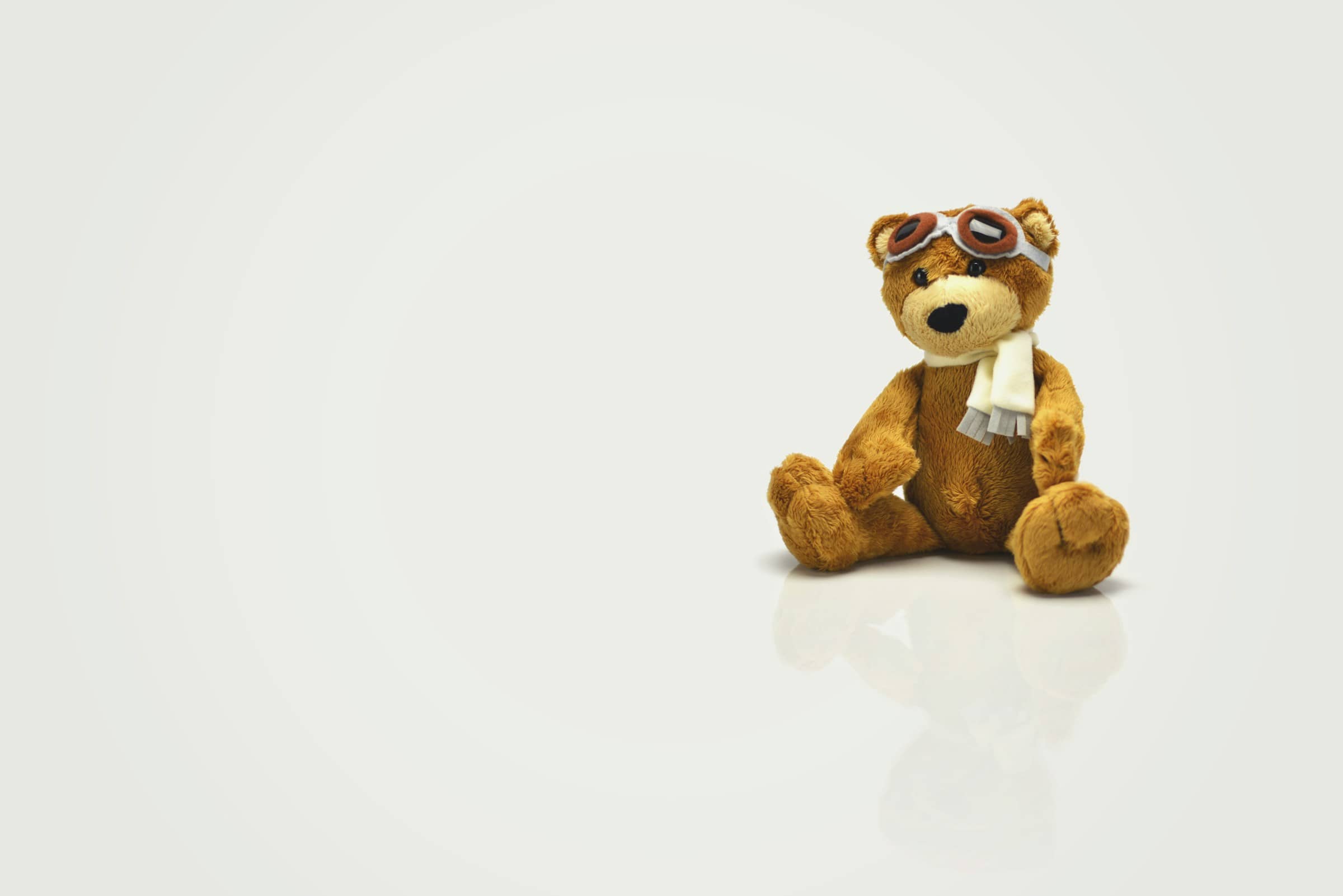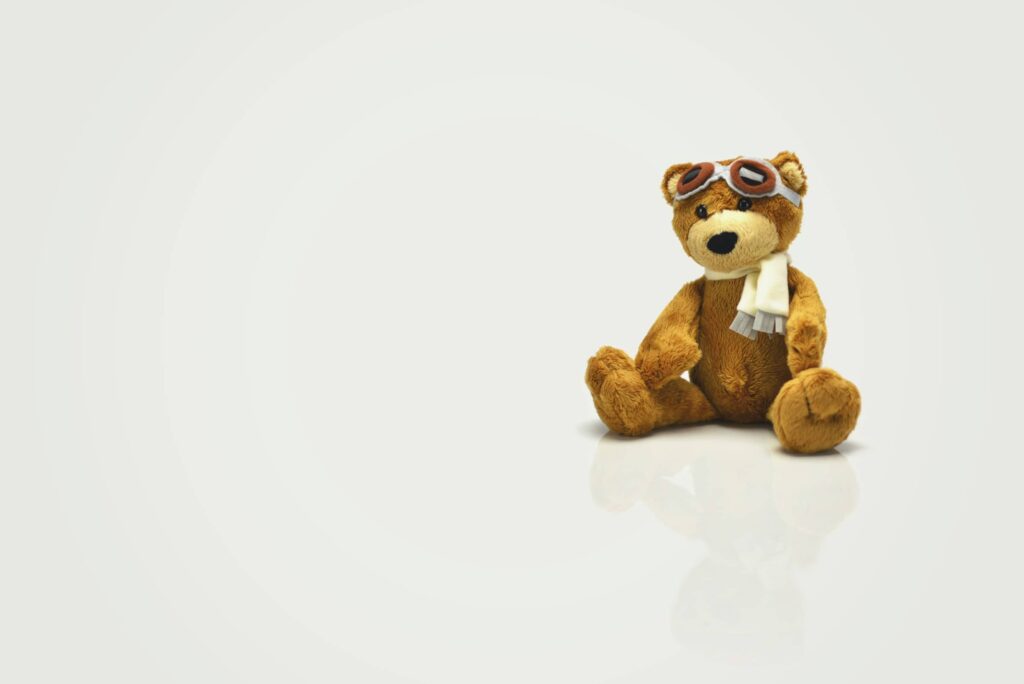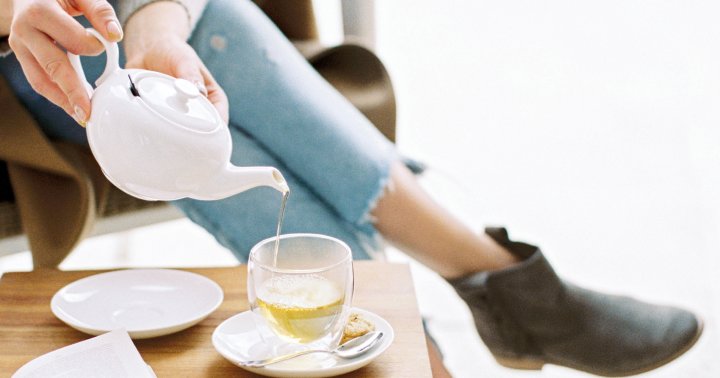Decluttering Sentimental Items: A Compassionate Guide
Letting go of sentimental items can be a difficult and heart-wrenching process. Each object might represent a cherished memory, a beloved person, or a special time in your life. This makes the decision to declutter not just a physical...


Letting go of sentimental items can be a difficult and heart-wrenching process. Each object might represent a cherished memory, a beloved person, or a special time in your life. This makes the decision to declutter not just a physical act, but an emotional journey.
But there are some compassionate and practical steps to help you navigate the often difficult process of decluttering sentimental items.
I think you’ll find all of them helpful, though a few might stick out as especially appropriate.
Understand Your Attachment
Before you begin the decluttering process, it’s important to understand why you feel attached to certain items. Sentimental items often represent more than just material possessions; they serve as tangible connections to our past. Acknowledge that it’s natural to feel strong emotions like sadness, guilt, or fear when considering letting go of these items.
Start Small
Begin with less emotionally charged items to build your decluttering muscle. This could be duplicates of photographs where you have multiple copies or souvenirs from trips that don’t have a strong personal story connected to them. Starting small helps you develop the decision-making skills needed when you reach more challenging items.
Create a Memory Box
Limit yourself to a single box for storing your most treasured sentimental items. This box serves as a physical boundary to help you make tough decisions. By setting this limit, you force yourself to prioritize what is truly meaningful. Choose items that genuinely make you smile and feel connected to your past, rather than keeping things out of obligation.
Digitize Where Possible
In our digital age, many physical items like photos, letters, and artwork can be digitized. This not only saves space but also preserves the memories in a more secure way. You can share digital copies with family members and friends, ensuring that these cherished memories continue to live on beyond the physical items themselves.
Honor the Memory, Not the Item
Shift your focus from the physical item to the memory it represents. Consider creative ways to honor these memories, such as creating a scrapbook, writing a journal entry about the item, or simply sharing stories with loved ones. By doing this, you allow the memory to continue to enrich your life, even if the physical item is no longer with you.
Gift or Donate with Care
For items that still hold value but no longer fit in your life, consider gifting them to someone who will treasure them. Knowing that an item is appreciated and used can make parting with it much easier. Additionally, donating items to a charity or community group can give them a new purpose and help others create their own memories.
Be Kind to Yourself
Decluttering sentimental items is not a race. Take your time and allow yourself to process the emotions that arise. If you encounter an item that brings up strong emotions, it’s okay to set it aside and revisit it later. Be compassionate with yourself throughout the process, recognizing that each small step is progress.
Reflect and Adjust
After each decluttering session, take time to reflect on how you feel. You might find a sense of relief, a touch of nostalgia, or even renewed grief. These feelings are all normal. Adjust your approach if needed, and remember that decluttering is a personal process that looks different for everyone.
Decluttering sentimental items allows you to cherish your memories while embracing a simpler, less cluttered life. By approaching this process with compassion and understanding, you can make meaningful decisions that honor your past and enhance your present. Remember, it’s not about erasing memories but making room for new experiences and joy.

 Tekef
Tekef 






























